“There was only one MIKE Force battalion activated as it was, by COMUS MACV [Commander U.S. MACV] letter order,” said retired Brigadier General Stringham. “The order was sent from 5th Group that directed C-3 to form one reaction force battalion.”19 Time was critical. A-302 was given less than two weeks to train the new unit. Filling the ranks with new recruits, issuing equipment, and training had to be accomplished by 22 June 1965. After that date, the battalion was to be on call to respond to emergencies in the hotly disputed III CTZ
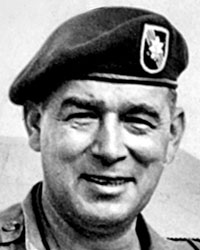
“The unit was named the MIKE Force. This came from LTC Miguel ‘Mike’ de la Peña. ‘Mike’ was his code name,” said Stringham.20 The MIKE Force was composed of three 150-man companies. With 348 Company as the nucleus, A-302 recruited Nungs to fill the ranks of the other companies. Nungs were also hired to form the reconnaissance platoon.21 There were no Vietnamese CIDG or Special Forces in the first MIKE Force. The strong family ties among the Nungs made the recruitment easy and virtually eliminated the security problems.
“Nepotism was the name of the game,” said Stringham. “Most of the older Nungs were ex-French Foreign Legion [French Colonial Army] guys and they would vouch for the younger ones. It was kind of a ‘self-vetting process,’ but we didn’t have a lot of time.”22 New recruits were given a cursory physical by the A-302 team medics to check for diseases and fitness. The troops were issued one set of tiger-stripe fatigues and M-2 carbines. Each company weapons platoon had three M-1919A1 .30 caliber machine guns and three 60 mm mortars.23 For communications, they were issued PRC-25 radios. The equipment for the MIKE Force came from the 5th SFG logistics base at Nha Trang. Being on the MIKE Force was economically advantageous for the troops. MIKE Force Nungs were paid considerably more than their CIDG counterparts. Each man received 6600 piastres ($55.00) per month as opposed to the 1500 p ($12.00) that was the CIDG monthly wage.24
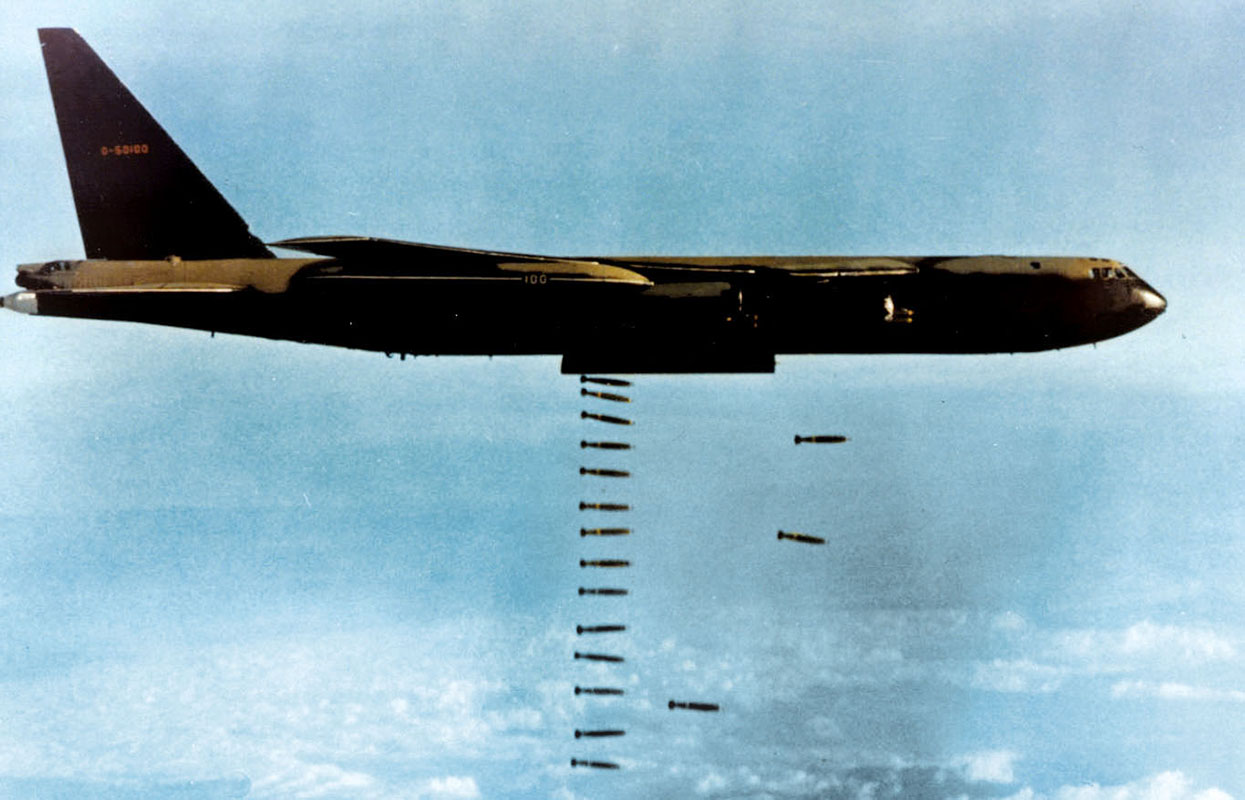
“I was the battalion commander,” said Stringham. “Two NCOs [non-commissioned officers] worked with each company. The guys lived with their companies.”25 A-302 focused on marksmanship and infantry small-unit tactics to get the MIKE Force operational. That test came on 22 June 1965.
“The first mission was to take three 6-man teams by helicopter into an area between Highway 13 and the Michelin Rubber Plantation to do a [bomb damage] assessment after a B-52 strike,” recalls Stringham. “The B-52s came out of Guam, but due to a mid-air collision during refueling, they missed the target. All they did was knock down enough stuff to make it hard to move through. We got inserted, ran around a while and got picked up. Not a great beginning for the MIKE Force.”26 The real combat evaluation came a month later.
On 19 July 1965, orders came from the C detachment to prepare a MIKE Force company to aid the SF team at the CIDG camp at Bu Ghia Map under attack by two VC battalions. The Mike Force mission was to evacuate the SF team and their CIDG strikers. 348 Company, the new 4th Nung company and the recon platoon were trucked to Tan Son Nhut Airbase to load two C-123 aircraft for the flight that night to Bu Ghia Map near the Cambodian border.27
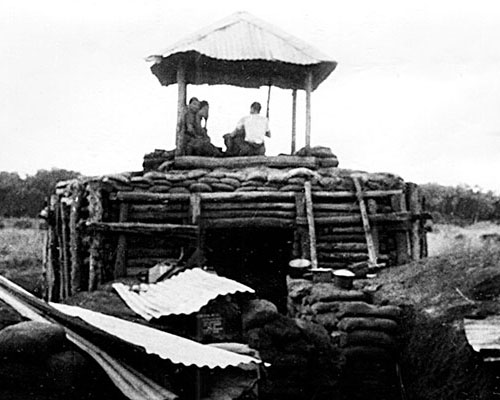
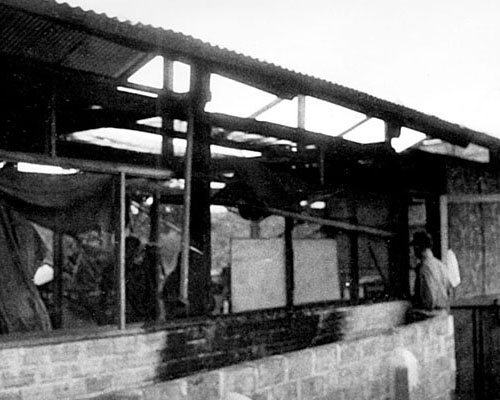
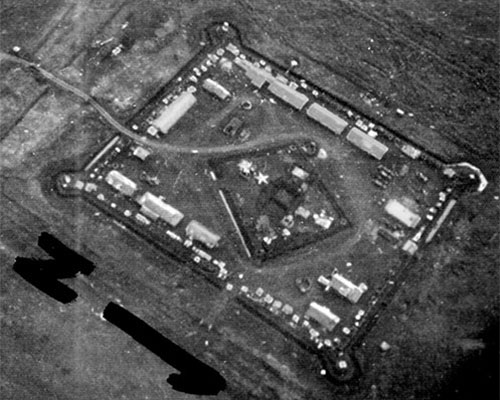
“We went in very light, no rucksacks or food. We landed and it was very dark,” said Stringham. “ I ran off the plane and straight into a ditch. When we got into the camp, I put my people on the perimeter, and got theirs [the camp occupants] off the wall, since they were likely compromised. There was half an A detachment and a handful of strikers there.”28 There was little contact the rest of the night. The arrival of the MIKE Force had prompted the VC to switch their main attack to the nearby Bu Dop camp. In the early morning the C Team ordered Bu Ghia Map abandoned and the MIKE Force to move to reinforce Bu Dop.
At daylight on 20 July, the C-123s began to arrive to evacuate the CIDG, the MIKE Force and their SF advisors. Stringham’s team placed explosive charges throughout the camp, on a five-minute delay. After the MIKE Force was flown out to Song Be, CPT Stringham and two NCOs, SSG William Parnell and SSG Elliot Wilson, were to detonate the charges.29 A helicopter picked up the three Americans, just before the explosives went off. Bu Dop had been hit hard the previous night. Two SF advisors and twenty CIDG strikers had been killed.30
USASF Organization

No comments:
Post a Comment